What Is PPC? Learn the Basics of Pay-Per-Click (PPC) Marketing
Table of Contents
- How Does PPC Advertising Work?
- Types of PPC Ads
- How to Run a Successful PPC Campaign
- Benefits of PPC Marketing
- PPC Marketing Tools
- What is the Best PPC Platform?
If you’re a digital advertiser, you may ask “What is PPC marketing?”. PPC marketing is a crucial part of digital advertising, offering businesses a cost-effective way to drive targeted website traffic. In simple terms, PPC marketing meaning is a form of online advertising where advertisers pay a fee each time their ad is clicked. Whether you’re aiming to increase sales, generate leads, or boost brand visibility, PPC campaigns can provide quick, measurable results.
Unlike traditional advertising methods, PPC digital marketing allows you to pay only for actual interactions with your ads, making it a performance-driven strategy. It offers a range of ad formats and platforms, from search engine ads to social media promotions, and enables businesses to reach audiences across various digital spaces.
Here, we’ll dive into what is PPC in marketing, the core principles of PPC in digital marketing, how it works, and the different strategies you can use to succeed with PPC campaigns. By the end, you’ll have a clear understanding of how marketing PPC can be used to improve your digital marketing efforts and drive meaningful business growth.
How Does PPC Advertising Work?
PPC advertising management works through a sophisticated system that allows advertisers to bid for ad space based on specific keywords or audience segments. Here’s a breakdown of how PPC marketing works and the key components involved:
The Auction System
PPC marketing services, such as Google Ads, operate on an auction system where advertisers bid for the chance to have their ads displayed. When a user performs a search or visits a website, the system runs an auction to determine which ads to display based on the keywords or criteria relevant to the user’s query or behavior. While it sounds like the highest bid always wins, the system also looks at the relevance of your PPC campaign, meaning a well-targeted ad can often outrank a higher bid.
Keyword Bidding
In Pay Per Click campaigns, you choose specific keywords that you think potential customers will use when searching for products or services like yours. These are the terms you bid on. If someone searches for a keyword you’re targeting, your ad has a chance to show up. The more competitive a keyword, the more expensive it can be, so it’s important to pick keywords that are both cost-effective and relevant to what you’re offering.
Ad Rank & Ad Display
Once you’ve placed your bid, your pay per click campaign enters what’s called “Ad Rank.” This is how search engines like Google determine where your ad will appear. It’s not just about how much you’re willing to pay, it’s also about the quality of your ad and how relevant it is to the person searching. Ads that are more relevant and well-crafted tend to rank higher, even if the bid is lower, which means better exposure for you without always breaking the bank.
Ongoing Optimization
The beauty of PPC marketing is that it’s not set and forget. Once your ads are live, the real work begins. You’ll want to keep an eye on how your ads are performing, adjust your keywords, test new ad copy, and adjust your bidding strategy as needed. This ongoing PPC campaign management optimization helps make sure you’re getting the best possible results from your campaigns, keeping your budget in check while maximizing your impact.
Types of PPC Ads

Pay per click marketing ads come in many forms, each with its own unique purpose and advantages. Here’s a look at the different types of PPC ads you can use to get your message across and connect with your audience:
Search Ads
Search ads are the most common type of PPC ad. They appear on search engine results pages when users search for specific keywords. These text-based ads show up at the top or bottom of the page, and they’re triggered by the user’s search intent. Since search ads are shown when people actively search for something related to your business, they’re great for reaching users with high purchase intent.
Display Ads
Display ads are visual ads that appear on websites within the Google Display Network or other platforms. These can be images, banners, or interactive PPC marketing ads that are placed on websites that match your target audience’s interests. Display ads are perfect for building brand awareness and getting your message in front of people even when they’re not actively searching for your products.
Video Ads
Video ads are increasingly popular on platforms like YouTube and social media. These pay per click services ads allow you to engage users with visuals and sound, making them more interactive and memorable. Video ads can tell a story, showcase your products, or deliver a message in a more dynamic way, making them ideal for creating brand awareness and increasing engagement.
Shopping Ads
Shopping ads are perfect for e-commerce businesses. They show a product image, price, and your store name right on the search results page. When users search for a product you sell, your shopping ad will show up with details about the product, giving users everything they need to make a purchasing decision. These PPC marketing ads are highly visual and are great for driving sales directly.
Social Media Ads
Social media ads appear on platforms like Facebook, Instagram, LinkedIn, and Twitter. These pay per click campaigns are tailored to users based on their demographics, interests, behaviors, and even their social interactions. Social media ads allow you to target a specific audience with highly customized messaging, making them effective for both brand awareness and conversions.
Remarketing Ads
Remarketing ads are designed to target users who have already visited your website but didn’t complete a desired action, like making a purchase or signing up for a newsletter. By showing ads to these users as they browse other sites, you remind them of your products or services, encouraging them to come back and finish what they started. Remarketing is a powerful strategy for boosting conversions.
How to Run a Successful PPC Campaign

Running a successful PPC campaign requires a combination of strategy, creativity, and constant optimization. Here’s a breakdown of the key elements that contribute to PPC campaign success:
1. Effective Keyword Research
The foundation of any pay per click marketing services is solid keyword research. Identifying the right keywords ensures that your ads are shown to the most relevant audience.
Start by thinking about the terms your potential customers are searching for, and use tools like Google Keyword Planner or Ahrefs to find high-traffic and low-competition keywords. Don’t forget to include a mix of broad and long-tail keywords to cover various stages of the customer journey.
2. Ad Copy Optimization
Your ad copy needs to grab attention and compel users to click. Make sure your ad copy is clear, concise, and relevant to the keywords you’re targeting. Highlight the benefits of your products or services and include a strong call-to-action (CTA), like “Shop Now” or “Get Started.” Regularly test different versions of your ad copy to see which resonates best with your audience, and make improvements based on the results.
3. Budget Management
Setting and managing your PPC marketing budget is important for staying within your limits and ensuring your campaigns are cost-effective. Start by determining how much you’re willing to spend daily or monthly.
Monitor your campaigns to see if you’re hitting your targets and adjust your budget as needed. Don’t forget to factor in the cost per click (CPC) of your keywords and allocate your budget to the best-performing campaigns.
4. Ad Extensions & Enhancements
Ad extensions are features that add extra information to your PPC ads, such as phone numbers, site links, or location details. They can help improve your click-through rate (CTR) by making your ads more appealing and informative.
Consider using different types of extensions, like callout extensions, site link extensions, and price extensions, to make your PPC campaign stand out and provide users with more ways to interact with your business.
5. Landing Page Optimization
Once users click on your ad, the next step is to ensure they land on a page that aligns with their search intent and drives conversions. Your landing page should be fast, easy to navigate, and relevant to the ad. The message on the landing page should match the ad copy, and the CTA should be clear and easy to follow. Optimizing your landing page can significantly improve your conversion rates.
6. Geo-Targeting & Audience Segmentation
Geo-targeting allows you to show your PPC campaigns to users based on their location, which can be particularly useful for local businesses or those targeting specific regions. Audience segmentation takes this a step further by allowing you to target users based on demographics, interests, and behaviors. By using these targeting methods, you can ensure your ads are seen by the most relevant audience, improving the chances of conversion.
7. Monitoring & Performance Analysis
Once your PPC digital marketing campaign is live, it’s important to continuously monitor its performance. Track key metrics such as click-through rate (CTR), cost per click (CPC), and conversion rate to see how your ads are performing.
Use tools like Google Analytics and WASK to gain detailed insights into user behavior and identify areas for improvement. Analyze your data regularly and adjust your campaigns to ensure the best return on investment (ROI).
Benefits of PPC Marketing

As you understand what is PPC in digital marketing and its strategy, we can continue with its benefits. PPC in marketing offers numerous advantages for businesses of all sizes. From boosting visibility to providing measurable results, PPC can help you achieve your marketing goals faster and more efficiently.
Let’s dive into the key benefits of using pay per click marketing services for your business:
Increased Visibility
One of the biggest advantages of PPC is that it increases your visibility online. By bidding on keywords that are relevant to your business, your ads appear at the top or bottom of search engine results pages (SERPs).
This positions your brand in front of potential customers at the exact moment they are searching for related products or services, significantly boosting your online presence.
Precise Targeting
PPC allows you to target your ads with great precision. You can reach your audience based on factors such as location, demographics, interests, search intent, device type, and even time of day. This precise targeting ensures that your ads are shown to the right people, making it more likely that you’ll generate leads and conversions from your efforts.
Measurable Results
One of the major benefits of PPC in digital marketing is the ability to track and measure performance. You can see exactly how much you’re spending, how many clicks you’re getting, and how well those clicks convert into sales or other desired actions. This makes it easier to assess the success of your pay per click campaigns and adjust your strategy as needed to optimize ad performance and maximize your return on investment (ROI).
Budget Flexibility
PPC campaigns offer excellent budget flexibility. You can set a daily or monthly budget and control how much you spend on each keyword. If a certain keyword performs well, you can increase your bid to get more exposure. If something’s not working, you can adjust or pause your campaign anytime, making it easy to manage your budget and ensure you’re not overspending.
Quick & Scalable Results
Unlike organic marketing strategies that take time to show results, PPC can deliver quick and measurable outcomes. Once your campaign is live, you can start seeing traffic and conversions almost immediately. Plus, PPC campaign management is easily scalable. You can adjust your budget, targeting, and keywords to reach a larger audience and increase your results as needed.
Adaptability & Experimentation
PPC marketing is an adaptable and flexible advertising method. It allows you to experiment with different ad copy, keywords, and targeting strategies. You can test various combinations to see what resonates best with your audience and continuously optimize your campaigns. This level of experimentation helps you optimize your Pay Per Click marketing strategy and improve performance over time, ensuring your ads stay fresh and effective.
PPC Marketing Tools
To run an effective PPC campaign, you need the right tools to manage, optimize, and analyze your efforts. Here are some essential PPC marketing tools that can help you get the most out of your campaigns like a PPC digital marketing agency:
Google Ads Editor
Google Ads Editor is a free, downloadable tool that allows you to manage your Google Ads campaigns offline. It’s particularly useful for making bulk changes to your ads, keywords, and campaigns, saving you time and effort.
With Google Ads Editor, you can quickly adjust your bids, create new ads, and optimize your PPC marketing campaigns before uploading them back to Google Ads. It’s a powerful tool for advertisers running large campaigns or managing multiple accounts.
Semrush & Ahrefs
Semrush and Ahrefs are comprehensive tools for keyword research and competitive analysis. These platforms help you identify the best keywords to target in your PPC campaigns by analyzing search volume, competition, and cost-per-click (CPC).
They also offer insights into your competitors’ campaigns, allowing you to see what’s working for them and identify new opportunities for your own ads. Both tools are excellent for tracking keyword performance and improving your overall PPC marketing company strategy.
Google Analytics
Google Analytics is essential for tracking and analyzing the performance of your Pay Per Click marketing campaigns. By linking your Google Ads account with Google Analytics, you can monitor important metrics such as user behavior, conversion rates, and return on investment (ROI).
This integration allows you to see how users interact with your site after clicking on your ads, giving you valuable insights into which ads are driving the most engagement and conversions. With this data, you can optimize your campaigns and make data-driven decisions to optimize performance.
What is the Best PPC Platform?
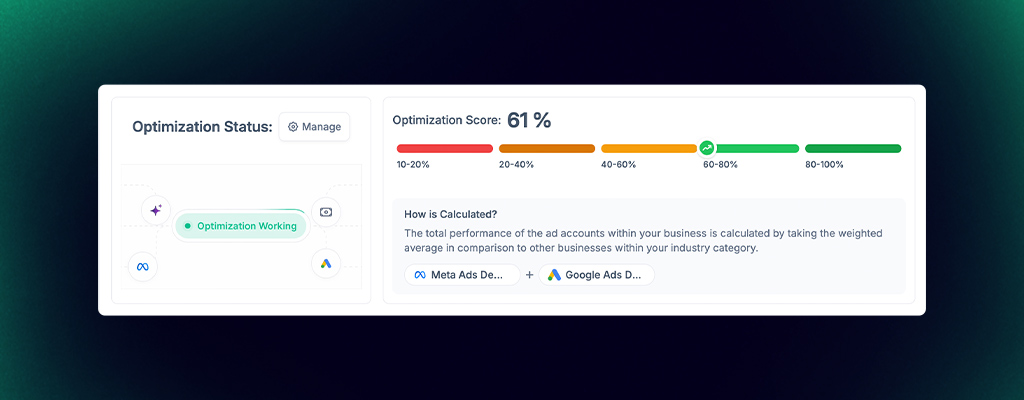
When it comes to selecting the best PPC marketing company, WASK stands out as the top choice for businesses looking to optimize their advertising efforts. WASK isn’t just another PPC optimization tool; it’s a comprehensive platform designed to help you maximize your ad performance across multiple platforms, such as Google and Meta, all from one centralized location.
What makes WASK truly unique is its ability to automatically optimize PPC campaigns and budgets across different platforms, ensuring that every dollar you spend is used efficiently. With WASK’s advanced budget allocation and real-time performance tracking, you can easily monitor key metrics like CPC, CPM, and ROI to make data-driven decisions.
This level of PPC marketing optimization means you can achieve cost-effective results and improve the performance of your ads without constantly having to tweak settings or manually adjust bids.
Moreover, WASK’s user-friendly interface and in-depth analytics provide a seamless experience for both novice and experienced advertisers. It offers detailed insights into how your campaigns are performing and delivers actionable recommendations to help you further improve your ad strategies.
Whether you’re new to PPC marketing or looking to take your campaigns to the next level, WASK’s powerful features and intuitive design make it the best platform for any business aiming to succeed in digital advertising.

What does PPC Stand for in Marketing?
PPC stands for “Pay-Per-Click” in marketing. It’s like a digital billboard where businesses only pay when someone clicks on their ad. It’s a cost-effective way to get noticed online by bidding on specific keywords related to your business.
Why PPC Marketing is Important?
PPC marketing is important because it ensures your business appears when people are actively searching for your offerings. It’s cost-effective, with payment only for actual clicks, providing immediate visibility and measurable results. With precise targeting, budget control, and real-time adaptability.
How To Manage PPC Campaigns?
To manage PPC campaigns, focus on targeted keyword research, compelling ad creation, and setting a realistic budget. Regularly monitor and adjust bids, utilize ad extensions, and conduct A/B testing for optimization. Leverage tools like Google Ads Editor and analytics for insights. Stay flexible, adapting your strategy based on trends and competitors to ensure consistent value in the dynamic digital world.
Which Type of Business Should Use PPC Marketing?
PPC marketing suits various business types. It’s ideal for startups needing quick online visibility, e-commerce for direct product promotion, local businesses targeting specific areas, and service industries for lead generation.
What does PPC mean in marketing, and how is it different from CPC?
PPC, or “Pay-Per-Click,” is a type of digital advertising where you only pay when someone actually clicks on your ad. CPC, on the other hand, refers to the cost you pay for each click. Think of it like this: PPC is the overall strategy of running ads that charge per click, while CPC is the specific amount you’re charged for each click. It’s like building a road (PPC) and paying a toll for every car that drives on it (CPC).
Is PPC only used with Google Ads?
Nope, not at all! While Google Ads is one of the most popular PPC platforms, it’s far from the only one. Facebook, Instagram, LinkedIn, and even Amazon offer PPC advertising models. Each platform has its own strengths and is designed to connect with specific audiences. The key is to pick the platform that best fits your business goals and audience.
What is PPC management?
PPC management is all about creating and optimizing your pay-per-click campaigns to get the best results. This involves tasks like choosing the right keywords, setting budgets, monitoring performance, and making continuous improvements. Imagine it as having a guide who ensures your advertising budget is used wisely, so you get the best possible returns. It’s both an art and a science balancing strategy and creativity to achieve your goals.
What is performance marketing vs. brand marketing?
Performance marketing is like pressing the gas pedal it’s all about driving quick, measurable actions like clicks, sales, or leads. It’s fast-paced and focused on immediate results. Brand marketing, on the other hand, takes a slower, more steady approach. It’s about building a reputation, creating trust, and shaping how people see your business over time. Both are valuable tools, but they serve very different purposes depending on whether your goal is short-term wins or long-term growth.
What is the difference between affiliate marketing and performance marketing?
Affiliate marketing is just one piece of the bigger performance marketing puzzle. It’s when other people or companies (affiliates) promote your product and earn a commission for driving sales or leads. Performance marketing, however, includes a wide range of tactics like paid ads, influencer collaborations, or email campaigns basically anything where results are measurable. If performance marketing is a well-tuned orchestra, affiliate marketing is like the violin it plays a key role, but it’s only one part of the whole performance.
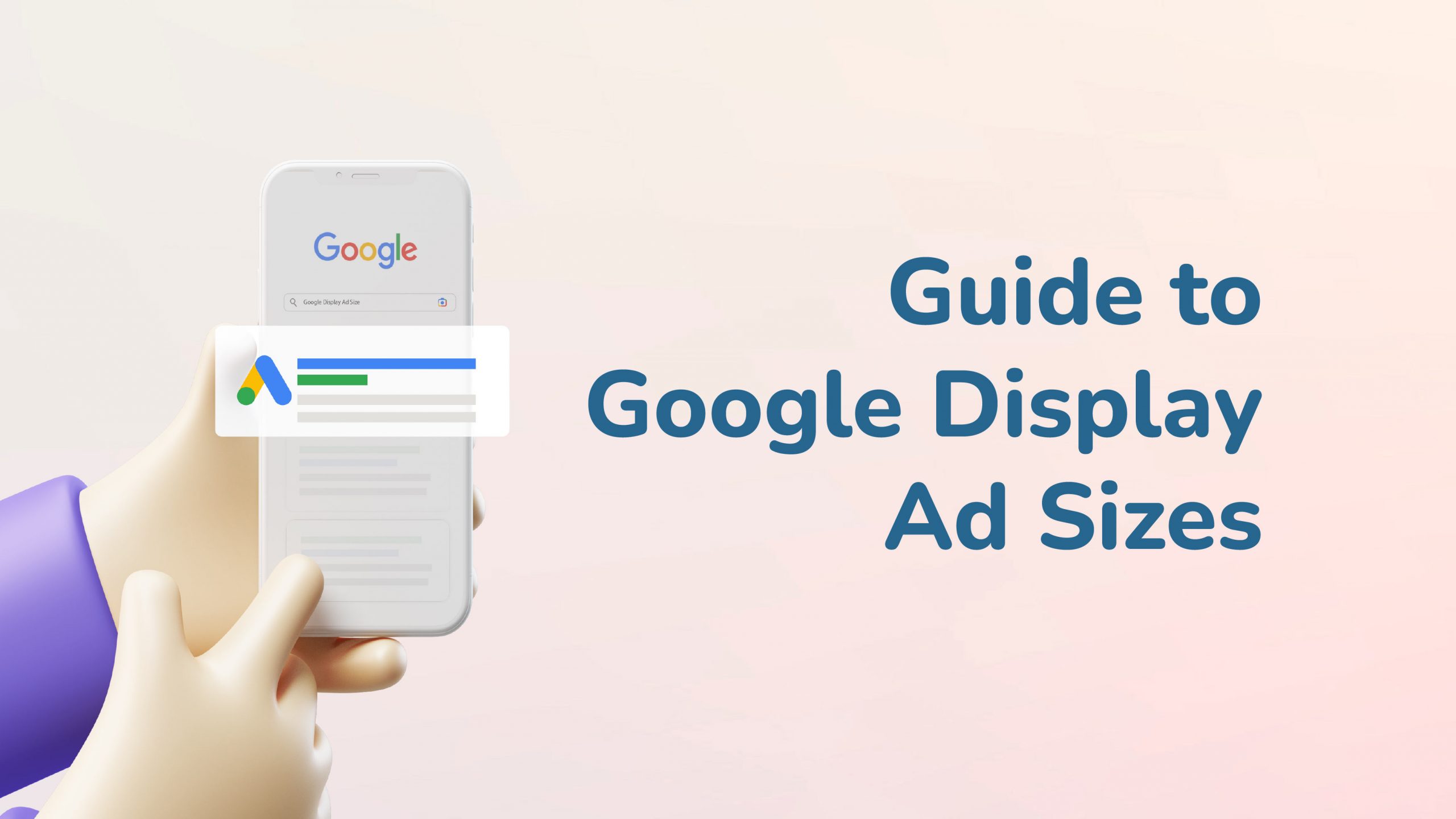
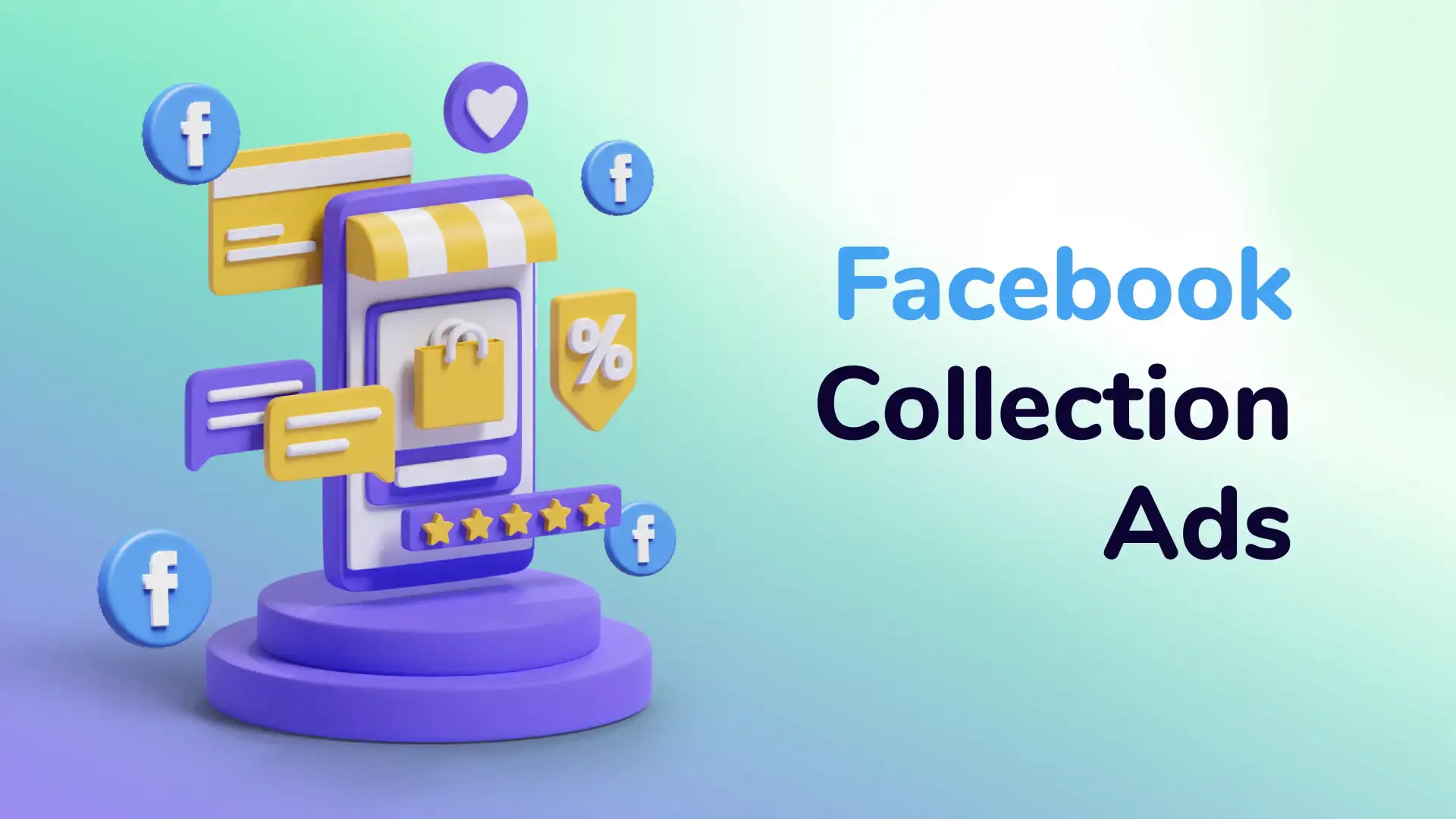
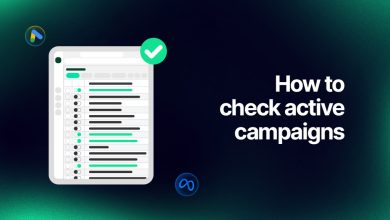
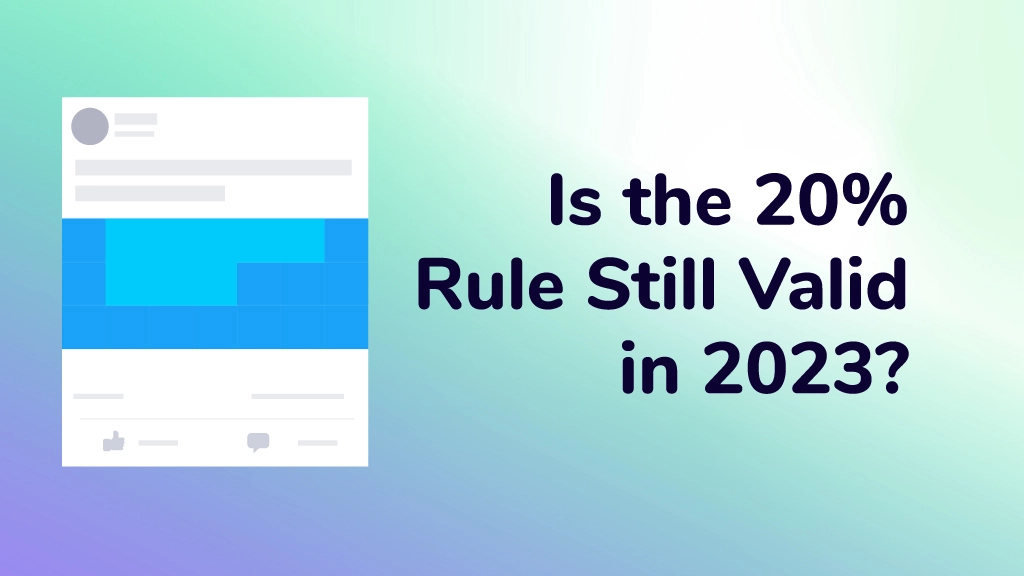
Thanks so much for the article.Really thank you! Much obliged.
Thanks Celina, stay tuned!
“Excellent overview of PPC in marketing! It’s a powerful tool for reaching the right audience quickly, and this article explains its value perfectly. Great read for beginners and experts alike!”